Nationality Punjabi kingdom Name Baghel Singh Children Bhadur Singh | Years active 1765-1802 Other names ਬਘੇਲ ਸਿੰਘ | |
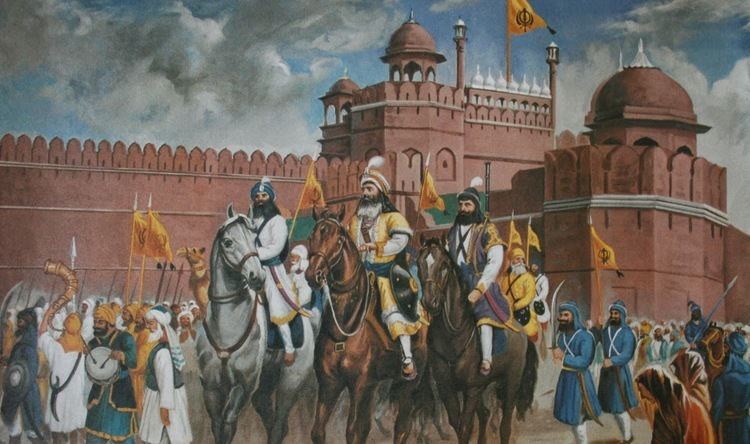 | ||
Sikhi Di Dastan of Genral Bhagel Singh Delhi Fateh Divas
Baghel Singh (c. 1730 – c. 1802) was a military general in the Punjab region in the 18th century. He was born in Jhabal village, Amritsar district in the Majha region of Punjab to a Jat, Dhaliwal, Sikh family. He rose to prominence in the area around Sutlej and Yamuna. Singh joined the Singh Krora Misl, a military unit of the Singh Confederacy. In 1765, Singh became leader of the unit.
Contents
- Sikhi Di Dastan of Genral Bhagel Singh Delhi Fateh Divas
- Baba baghel singh sikh history sukhvinder singh sodhi
- Military career
- Attack on Delhi
- Battle of Ghanaur
- Rise of Sikh power
- Sikh temples in Delhi
- Death
- References
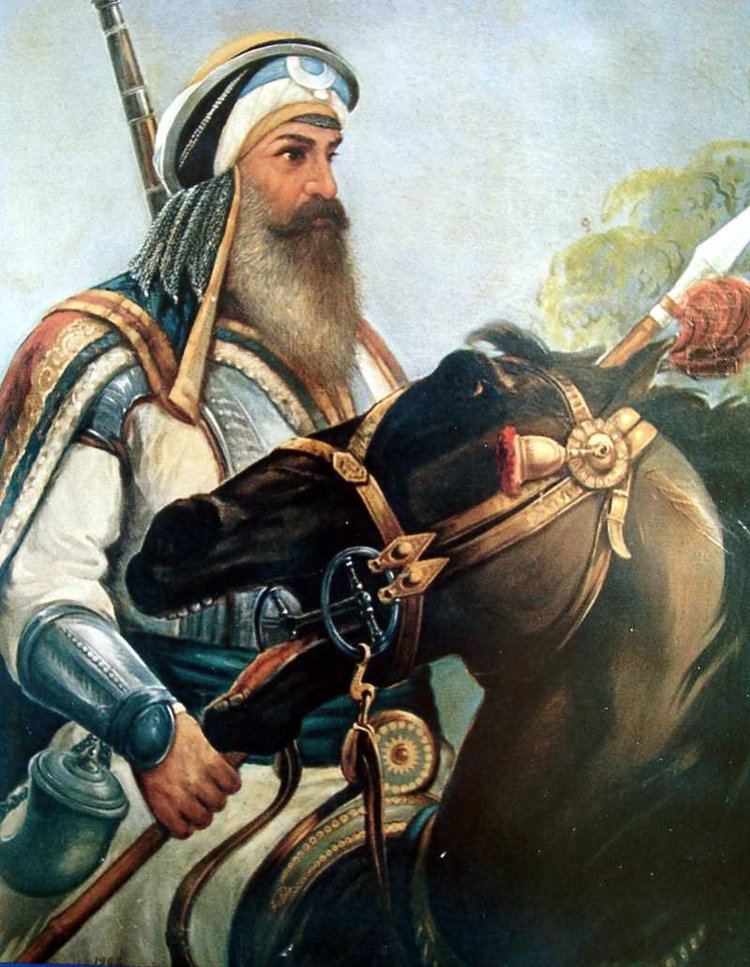
Baba baghel singh sikh history sukhvinder singh sodhi
Military career
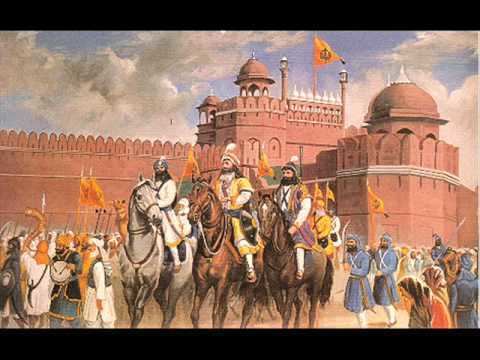
Singh was a skilled political negotiator, able to create alliances with former enemies.
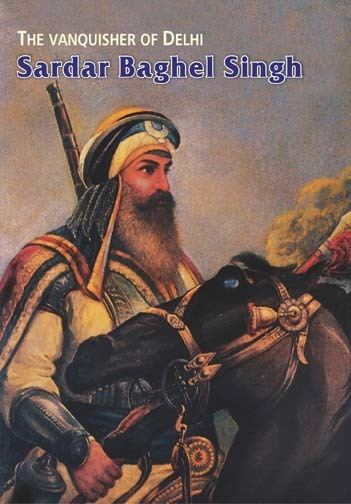
On disintegration of the Mughal Empire in the second half of the 18th century, due to Afghan incursions under the Pashtun leader, Ahmad Shah Durrani (Abdali), Sikh influence in the north of India increased. Singh's unit fought with Ahmad Shah Durrani against Mughal forces at Malerkotla. The Singh Krora Misl took Ambala, Karnal, Thanesar, and Hissar. Singh took possession of part of the Jalandhar Doab and established himself at Hariana, near Hoshiarpur.

Soon after the Sikh conquest of Sirhind in 1764, Singh extended his rule beyond Karnal and occupied a number of villages including Chhalaudi which became Singh's new headquarters. Singh further expanded his territory into the Cis-Sutlej states including Meerut, Sararanpur, Shahdra and Awadh. His actions were supported by Afghan allies including Zabita Khan and Ghulam Qadir Khan.
Attack on Delhi
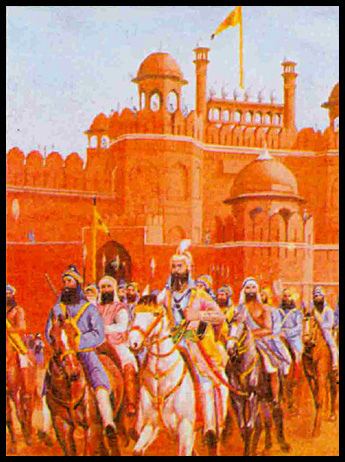
In February 1764, a body of 30,000 Sikh soldiers under the command of warrior leaders including Singh, crossed the Yamuna River and captured Saharanpur. They overran the territory of Najib ud-Daulah, acquiring from him a tribute of eleven lakh of rupees (₹ 1,100,000).
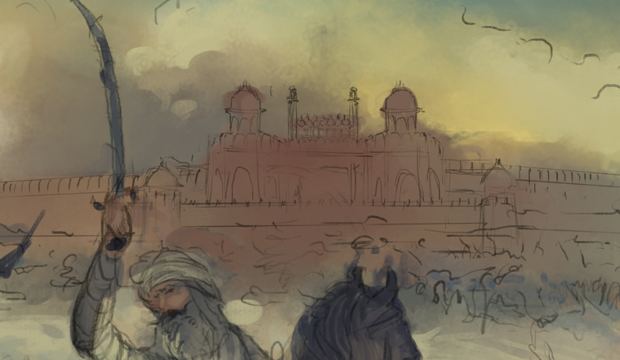
In April 1775, Singh with two other sardars, Rai Singh Bhangi and Tara Singh Ghaiba, crossed the Yamuna river to occupy land ruled by Zabita Khan, the son and successor of Najib-Ud-Daulah. In desperation, Zabita Khan offered Singh large sums of money and proposed an alliance to jointly plunder the crown lands.
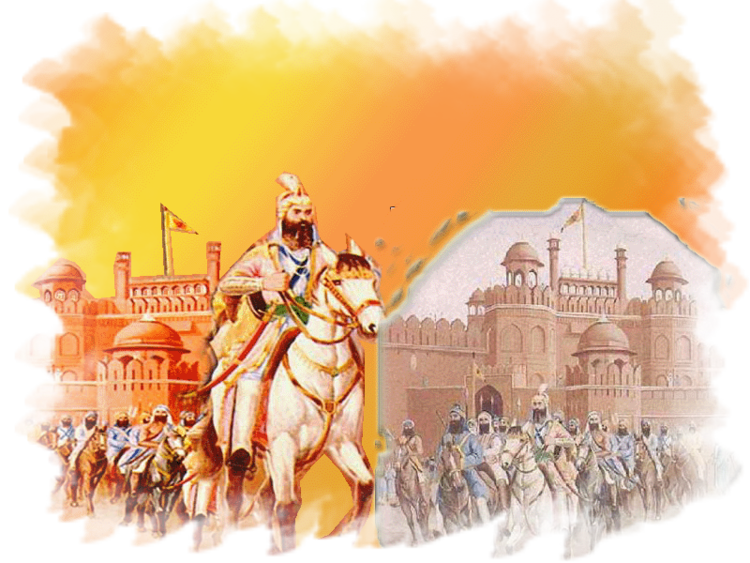
Singh set up an Octroi post (taxation office) near Sabzi Mandi to collect tax on goods imported into the city. The money was used for the construction of Sikh temples.
In March 1776, the Sikhs defeated the forces of the Mughal emperor Shah Alam II near Muzaffarnagar.
Battle of Ghanaur
In 1778, the Mughal emperor, Shah Alam II (1728 - 1806) sent an army of about 100,000 soldiers in a counter-attack against the Sikhs. The Mughal force was led by the Wazir Mirza Najaf Khan (Nawab Majad-Ud-Daula) under the banner of the crown prince. The Mughal forces and the Sikh forces met in battle at Ghanaur, near Patiala. The Mughal army lost the battle and surrendered.
Rise of Sikh power
In 1783, Singh with Ghulam Qadir invaded Delhi.
Singh and the Mughal Emperor contracted that 12.5% of the "octroi" (trade tax) of Delhi would be sent to Singh. In return, he would ensure that the Sikhs did not attack the capital again.
Sikh temples in Delhi
Singh is credited with the establishment of the following Gurudwaras (Sikh temples) in Delhi:
Death
Singh died in about 1802 in Hariana, near Hoshiarpur.
